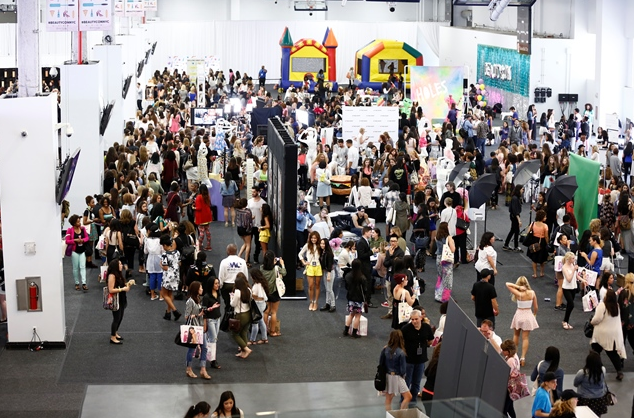Top Technology Trends at Conferences
What technology will make your attendees’ experience easier and more meaningful at your next event? According to the most recent research, the latest technology will be changing your attendee experience every step of the way from the moment they encounter your event online to the day they walk in the conference.
Virtual reality (VR) tech will give attendees a preview of your conference center, radio frequency identification (RFID) tracking technology will help monitor attendee traffic, paying with near-field communication (NFC) phone apps will cut down on transaction times, using augmented reality (AR) will provide more details of talks, and networked devices (IoT) will automate lights, temperature and more in centers.
Invest in these new technologies to make your attendee experience more seamless, fun, and meaningful at your next event.
VR: Virtual Reality
Virtual reality headsets, panoramas, and 3D photos will give future attendees a way to experience the conference event center and location before they even set foot in the door. This means the setup you’ve been working hard on all year can be used to entice and excite prospective attendees.
Want to show what the conference rooms look like at all angles? No problem. Want to give a tour of the surroundings without setting foot outside? That can be done too. Immersive technology can help prepare people for the experience before they arrive.
VR can also be incorporated into demos and experiential talks within the conference. Give an attendee a chance to see a different world through VR headsets and they will be fully engrossed in the conference.
RFID: radio-frequency identification
Wristbands equipped with RFID can track movement. Want to find out where people are spending their time? With RFID wristbands you can manage traffic and learn how to best serve people at your events by knowing where they are moving, stopping, and hanging out.
Beautycon used RFID technology to track the paths attendees took, the booths they visited, and how often they went back to help them understand what products and paths were the most interesting. This helped in marketing, merchandising, and more, so that their event earned almost as much per square foot as an Apple Store.
NFC: Near Field Communication
You’re probably familiar with NFC apps like Apple Pay or Android Pay, which allow you to purchase items simply by touching your phone near a payment counter. Or maybe you have heard of the Amazon Go store, where customers can walk in and out without using a cashier, and the store knows what items were chosen?
Investing in NFC will help your attendees have a seamless, cashless experience at your event from ticket sales to food purchase to merchandise sales at booths. By making purchasing easier, you can increase sales.
AR: Augmented Reality
Augmented reality apps on phones or wearable technology like Google Glass, allows users to learn more just by looking at something (or pointing their phone at it). Attendees at events will be able to use their phones or glasses to access more information about a company by just aiming their device at a booth or they can get more details about a speaker’s topic by aiming them at the powerpoint deck. By adding AR, your attendees can go deeper into any topic or company they find interesting.
IoT: Internet of Things
As more and more devices are networked, more of the physical environment can be automated and analyzed. Lights can spring on automatically in rooms, people can use digital voice assistants to get directions and more information, and you’ll be able to track usage, movement, spending, and more and have the data at your fingertips in seconds. IoT will make your event so effortless attendees will end up doing more and enjoying more.
